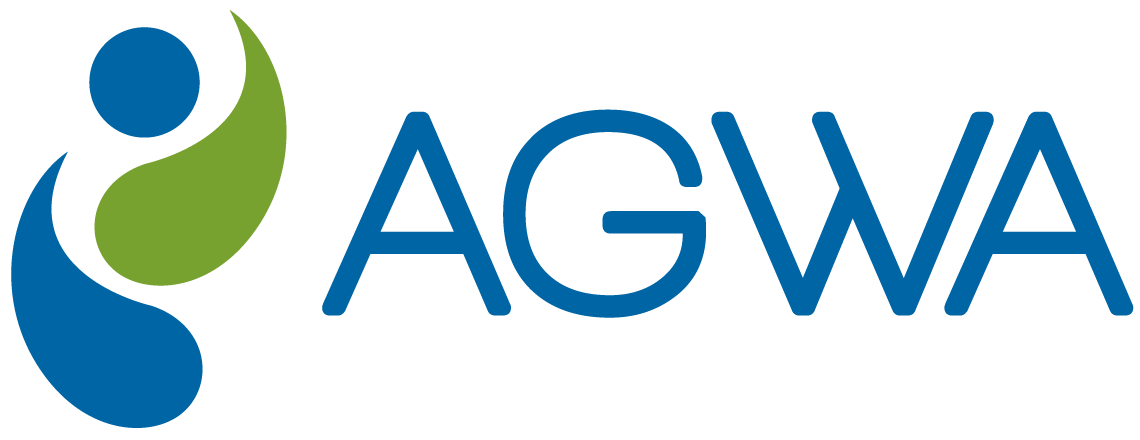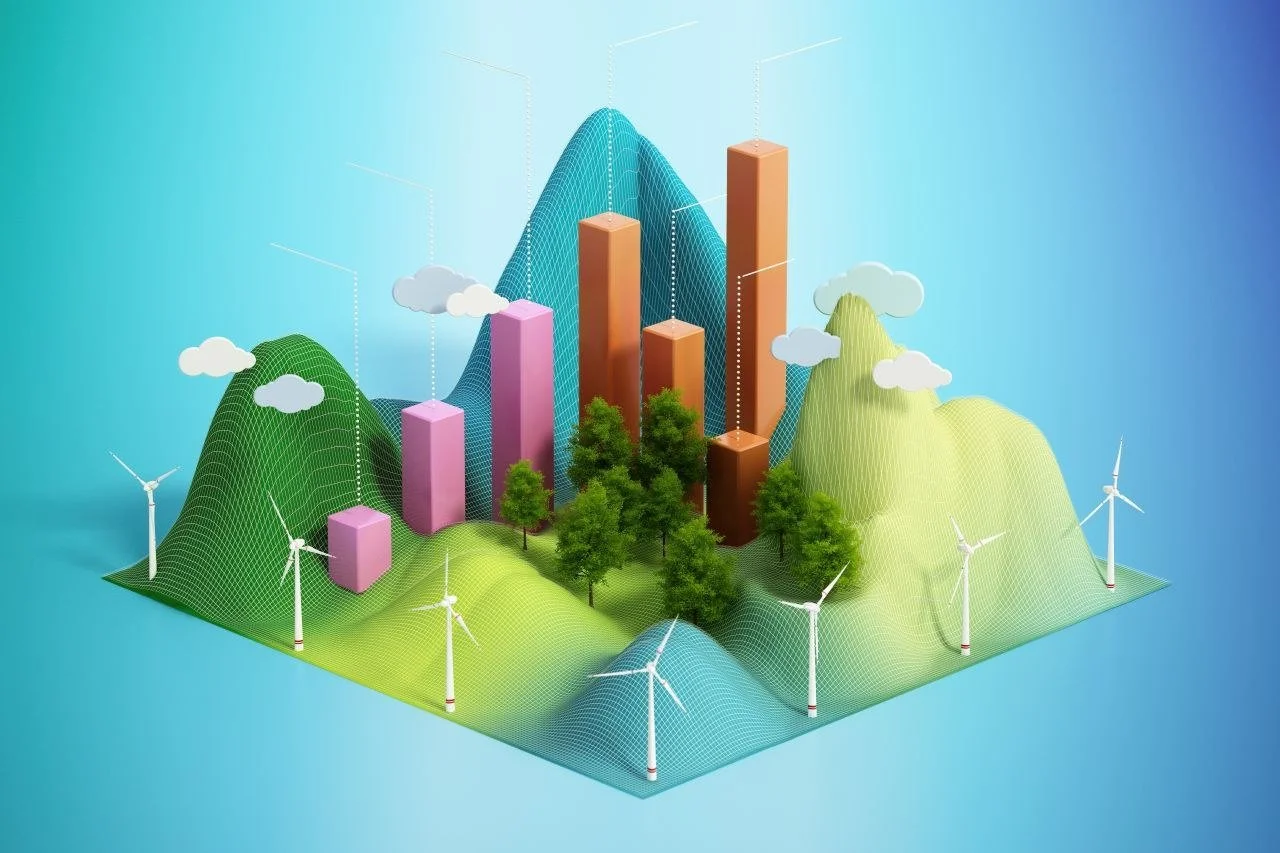The Race to Belém: Will Political Fault Lines Stall the Global Goal on Adaptation?
At COP30 next month, Parties are set to debate and adopt a set of globally-relevant adaptation indicators that will guide adaptation action and track countries’ progress under the Global Goal on Adaptation (GGA). For context, the GGA was established by Article 7 of the Paris Agreement with a mandate to enhance adaptive capacity, strengthen resilience, and reduce vulnerability to climate change.
The GGA represents the first attempt at a global approach to adaptation and resilience, but the name itself can be misleading. Unlike the Paris Agreement temperature goal, which guides efforts related to mitigation, there is no single adaptation “goal,” rather there is a framework which includes multiple priority areas and adaptation-related processes. Objectively, this makes sense because adaptation and resilience is highly context-dependent and, unlike greenhouse gas emissions, cannot be easily quantified. Thus, the GGA framework encompasses a range of activities and country-led approaches to increasing adaptive capacity and reducing vulnerability.
Measuring and reporting on the GGA was never going to be easy, but for the last four years, Parties and adaptation experts have been grappling with how to do exactly that.
Earlier this month, Parties and adaptation experts gathered at UNFCCC headquarters in Bonn, Germany to review the draft list of indicators, which were formulated under a 2-year work programme mandated by Parties at COP28 (2023). Under this process, technical experts were convened by the UNFCCC and given the seemingly impossible task of sifting through thousands of existing indicators to land on a list of “no more than” 100 globally-relevant adaptation indicators, framed around 7 thematic and 4 process-oriented targets (called “dimensional targets” in UNFCCC language). Adding to the challenge, the experts were unpaid, meaning they were mostly working on the margins of their existing jobs, and they were also given a poorly defined mandate with limited and sometimes conflicting guidance on how to conduct their work, and few opportunities to meet during the duration of their deliberations.
In the end, most of the existing indicators were rejected by the technical experts because they lacked global relevance, could not be verified, or did not contain a sufficient climate rationale. By the intersessional conference back in June, experts had narrowed the list down to just under 500 indicators; by September that list was culled to exactly 100, based on feedback from the Parties and further expert consultation.
Photo: Getty Images via COP30
The October workshop marked the end of the technical process and the start of the political negotiations. In Bonn, Parties and negotiating groups wasted no time in sharing their strong views on that list. What immediately became clear is that there is little consensus among the Parties and, thus, no way that the indicators will be adopted as a full package. There were major disagreements between different negotiating groups and Parties, and between the experts and the Parties as a whole. Of the 100 proposed indicators, only a handful could be adopted as-written, as Parties have already been reporting on those indicators as part of ongoing UN reporting mechanisms, such as the SDGs (but even that is controversial!).
Over the coming weeks, Parties will enter a period of intense consultations and informal coordination to determine how to package the outcome of the UAE–Belém Work Programme for adoption at COP30. The only formal deliverable before Belém will be the synthesis report from the October workshop, capturing both the areas of convergence and the deep divergences that remain, particularly around the Means of Implementation (MOI), which is UNFCCC code for finance. To arrive at a comprehensive and politically viable set of indicators, Parties must now bridge the gap between technical readiness and political realism. This means not only refining indicator definitions and metadata, but also agreeing on how these will be financed, supported, and sustained through dedicated capacity-building and technology transfer mechanisms.
From a developing country perspective, this is where the core of the hesitancy lies: the indicators, as they stand, may be technically sound but are perceived as detached from the means required to implement and report on them. For developing countries, much of the hesitancy stems from how these indicators relate to Article 9 of the Paris Agreement, which establishes the obligation of developed countries to provide financial resources to assist developing countries in both mitigation and adaptation. Many fear that references to domestic or private finance within the current indicator list risk diluting that legal commitment and shifting responsibility away from those with historical obligations.
Developed countries, meanwhile, view the GGA as a global endeavor, arguing that tracking adaptation progress should encompass all sources of effort, including domestic and private finance, to reflect the collective nature of resilience-building under Article 7. Without clarity on how data systems will be strengthened, who will serve as custodian agencies, and what resources will flow to support national-level monitoring, Parties are unlikely to see these indicators as their own. Building trust around support, transparency, and accountability will therefore be essential in the lead-up to COP30. The next month will not only determine the shape of the indicator list but also whether the GGA framework can transition from a technically credible set to a politically legitimate global instrument for adaptation action.
The importance of trust in the process - and the current lack of it - cannot be overstated. This is an issue that goes far beyond the GGA indicators, affecting virtually every item up for negotiation in Belém. Issues of accountability, historic responsibility, honoring past commitments, and equity have always permeated the Convention; but as we reach the ten year anniversary of the Paris Agreement, with the world still well off-track, tensions continue to rise.
According to early signals from the October workshop, many Parties have proposed dedicating the first week of COP30 to a deep-dive discussion of the indicator framework, focusing on identifying a minimum agreed set, resolving definitional ambiguities, and refining metadata, with technical experts available in support. The second week is expected to shift toward higher-level political negotiations, linking the indicators to the broader GGA outcome, including the MOI discussion, the Baku Adaptation Roadmap, the possible alignment with the COP29 finance target (aka the New Collective Quantified Goal on Climate Finance [NCQG]).
But what if the Parties cannot agree?
If Parties fail to reach consensus in Belém, the most likely outcome would be a partial or procedural decision, adopting only a “minimum agreed set” of indicators while mandating further technical work beyond COP30. Such an outcome would mirror the “two-basket” approach, where some Parties indicated in October that the most mature and least contentious indicators could move forward for pilot testing. In contrast, the more politically sensitive ones, especially those linked to finance, capacity-building, and technology transfer, would remain under negotiation. While this would keep the process alive, it would risk weakening the political momentum of the GGA by deferring the very issues that define its fairness and operational credibility. For developing countries, postponing agreement on a comprehensive MOI package would signal that adaptation remains under-resourced and structurally imbalanced; for developed countries, it would represent a pragmatic step to maintain progress within a constrained timeline. Either way, Belém will test whether Parties are willing to compromise for a balanced outcome or whether the GGA will emerge as another framework stalled by the fault lines between ambition, capacity, and accountability.
All of this begs the question: why are global adaptation indicators important?
Global indicators of adaptation are important in order to measure trends in adaptation action over time, and whether this trend is positive, or negative. This would be essential to inform the timelines of developing adaptive capacity: are vulnerable populations and ecosystems being adequately supported to cope with the uncertain effects of climate change? Which themes and processes are lagging behind and how would this inform progressive action in order to achieve the GGA?
In order to achieve this, it is important that the implementing Parties feel ownership over their monitoring obligations. In the workshop, it became evident that ownership will be one of the biggest hurdles for countries to accept this -or any- list of indicators. For Parties that are in general aligned more towards the least developed countries, ownership over the indicators is an important precondition before accepting the process. But even other Parties that were in favour of accepting the process (for the process’ sake), mentioned that the list of indicators does not fully represent their ambitions for adaptation, so they also do not feel ownership over the indicators.
At this stage, it is unlikely that Party ownership over the indicators can be achieved; it is a list that has been prepared by external experts, with minimal influence of the Parties. By design, it has been a rather top-down technocratic approach up to this stage and from now on, Parties can negotiate in order to make this list their own. It is worth noting that this process is not unique to the GGA; the process for creating indicators under the Sendai Framework for Disaster Risk Reduction and the SDGs faced similar challenges and were not without controversy. Ultimately, Parties will have to decide what they can live with, and what they cannot.
It is also important to consider this from a bottom up perspective, how many Parties do have their national indicators frameworks in place and functioning? First, to monitor their progress toward development? Second, as a more specific subset, to monitor their progress towards adaptation? And third, to monitor their progress towards resilience? There is a certain hierarchy in national indicator frameworks, where one -more specific- layer only makes sense if it is based on another -more general- layer. In that perspective, Parties should try to match how the GGA indicators are connected to their national indicator frameworks. Once they figure this out, or get support to figure this out, it is likely that the GGA indicators will become more grounded, and have a stronger level of support.
From AGWA’s perspective, we support the adoption of a robust set of global indicators, framed around the themes and processes outlined in the GGA framework. We understand the limitations of the work of the technical experts, as well as the challenges that developing and developed countries face in coming to consensus over these issues. We strongly encourage Parties to keep talking, to spend more time reviewing and asking questions to better understand each indicator, why they were chosen, and how they can support each country’s adaptation ambitions.
As currently formulated, reference to the importance of water for adaptation is included not only in the thematic target dedicated to water, but across the thematic and dimensional targets of the GGA framework. We welcome this acknowledgement of water’s unique role in supporting systemic adaptation and resilience, and we are ready to support countries in the work of implementing the GGA through our technical and policy support tools. AGWA will be on the ground in Belém following these negotiations closely. Please feel free to reach out to us if you have any questions or thoughts you’d like to share!
Authors:
Pan Ei Ei Phyoe, Oxford, UK
Nikolai Sindorf, Delft, Netherlands
Ingrid Timboe, Oregon, USA

